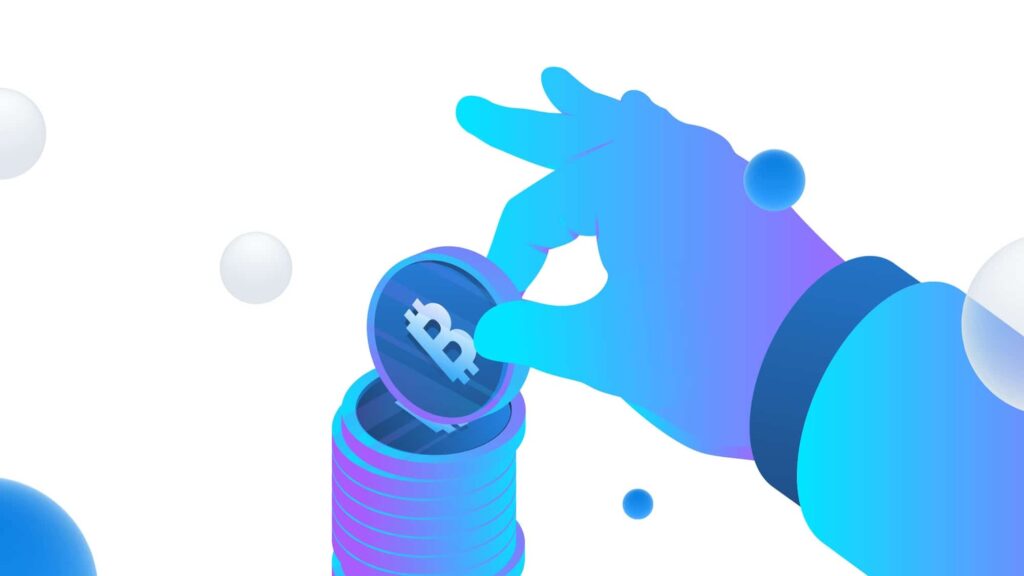Crypto lending platforms have become a major force in the world of decentralized finance (DeFi). Behind their success lies a powerful concept known as tokenomics — the economics and utilities behind a cryptocurrency token. When it becomes more complex and strategic, we call it advanced tokenomics.
In this article, we will explain advanced tokenomics used in crypto lending protocols — how tokens are designed to reward users, improve liquidity, and ensure the sustainability of the lending ecosystem.
1. Understanding Tokenomics in Lending Platforms
Tokenomics is short for “token economics”. It refers to how a token is created, distributed, and used. In lending platforms like Aave, Compound, or Venus, tokens allow users to lend and borrow crypto assets. Tokenomics determines:
- How much interest lenders earn
- How borrowers pay and receive incentives
- How the platform is governed or controlled
- How long-term growth is encouraged
When tokenomics goes beyond basic supply and demand, it starts to include features like staking, burning, liquidity mining, and governance power — this becomes advanced tokenomics.
2. Role of Utility Tokens
Most lending platforms have their native tokens. These tokens provide several utilities:
- Reduced fees: Users holding the token may pay less interest when borrowing.
- Boosted rewards: Lenders who stake the token receive higher interest.
- Access to governance: Token holders vote on proposals like interest rate changes or new listings.
- Staking or locking tokens: Users may lock their tokens to support the protocol and earn rewards.
For example, the AAVE token can be staked for safety incentives, and COMP token is used for governance voting and rewards.
3. Incentive Structures for Liquidity Providers
To attract more liquidity, lending protocols use liquidity mining. This simply means that people who supply crypto assets receive extra tokens as a reward. This increases total liquidity in the platform.
Advanced tokenomics adds extra layers to liquidity mining, such as:
- Bonus rewards during high-demand periods
- Time-based locking where early withdrawals get lower rewards
- Multi-token rewards (e.g., platform token + stablecoin incentives)
This encourages users to keep their funds in the platform longer, which stabilizes liquidity.
4. Staking and Governance Mechanisms
Governance is a key part of DeFi. Token holders can influence the direction of the platform. Some use a model called vote-escrowed tokens, where tokens are locked for a certain period in exchange for stronger voting power.
For example:
- Users lock tokens for 12 months = stronger voting weight
- Locking tokens = access to exclusive rewards or priority borrowing rates
- This creates loyalty and long-term support for the protocol
5. Token Burning and Deflation Strategies
Some protocols burn tokens to reduce total supply. This makes the token scarce, which can increase its value. Burning may come from a percentage of fees or from unused tokens. A deflationary model often gives users confidence that the token value will not fall due to oversupply.
6. Risk Management through Tokenomics
Advanced tokenomics can also protect the protocol. For example:
- Insurance or safety modules: Users stake tokens as insurance. If there is a hack or default, the staked tokens cover losses.
- Collateral incentives: Borrowers who deposit popular, stable collateral get better terms, helping the platform manage risk.
- Dynamic interest rates: Token rewards may increase or decrease depending on liquidity levels.
This smart balancing keeps the protocol stable even during market volatility.
7. Real-World Examples
Aave uses the AAVE token for staking in the safety module, governance voting, and fee discounts.
Compound distributes COMP tokens to lenders and borrowers daily. Users can vote on changes to the protocol using COMP.
Venus (on BNB Chain) uses the XVS token for governance and distributes extra tokens to liquidity mining pools.
8. Future Trends in Advanced Tokenomics
In the future, we will likely see:
- Dynamic reward algorithms that adjust rewards based on market conditions in real time
- Cross-chain tokenomics, where tokens can be used across multiple blockchains
- Real-world asset lending, where tokenomics will connect on-chain incentives with physical assets like property or invoices
Conclusion
Advanced tokenomics is the engine that powers modern crypto lending protocols. Instead of just letting people borrow and lend, these platforms use smart economic strategies to build trust, encourage long-term participation, and remain sustainable.
As DeFi evolves, tokenomics will continue to grow more complex and innovative, making lending platforms more stable, efficient, and attractive to users worldwide.
Join Government Official WhatsApp Channel To Stay Updated On time
https://whatsapp.com/channel/0029VaWT5gSGufImU8R0DO30


